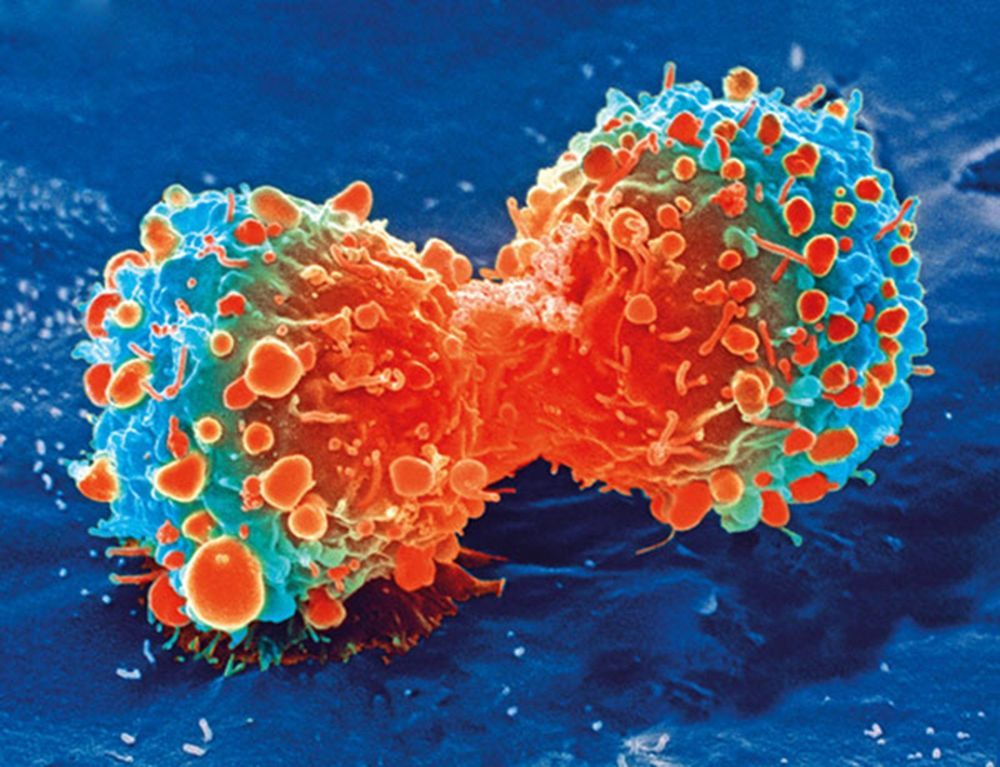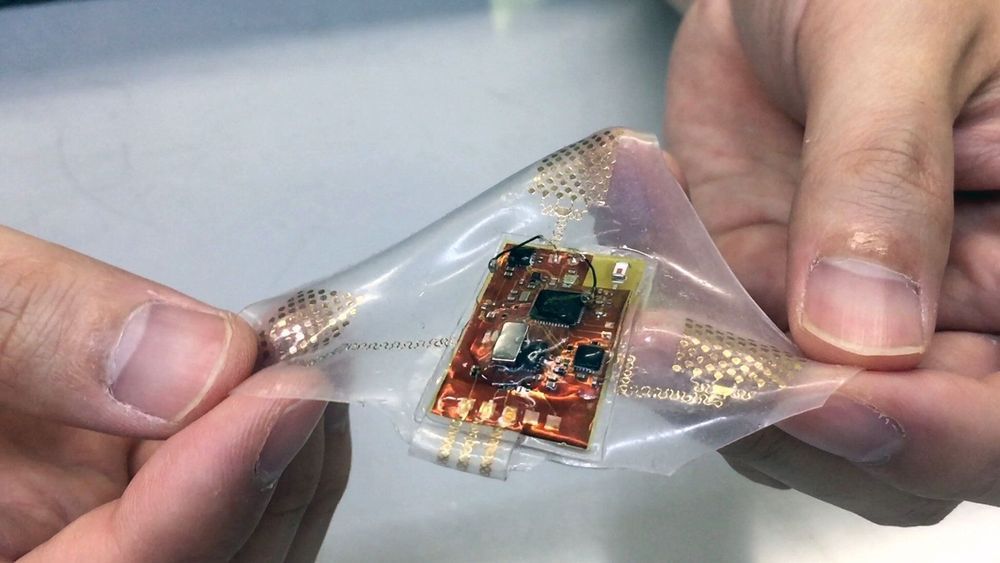“The microwave auditory effect, also known as the microwave hearing effect or the Frey effect, consists of the human perception of audible clicks, or even speech, induced by pulsed or modulated radio frequencies.” “What if something came in through the window? Hmm.” “You mean, like, a directed energy attack? Like what hit our embassy in Cuba and in China.” “Well, the symptoms fit.” “At first they thought it was a sonic attack.” “Now they’re thinking it was microwaves” Yes, the microwave weapon is eventually seen
Posted in energy









